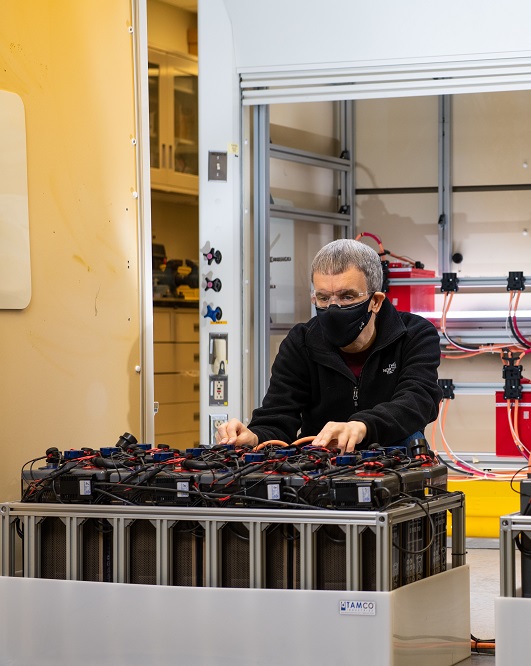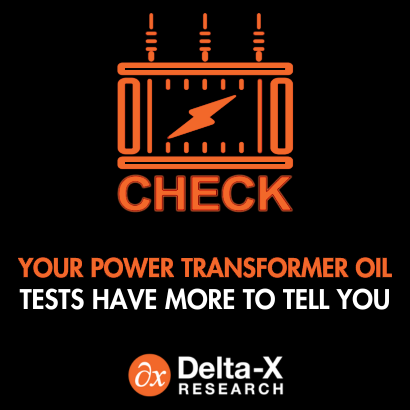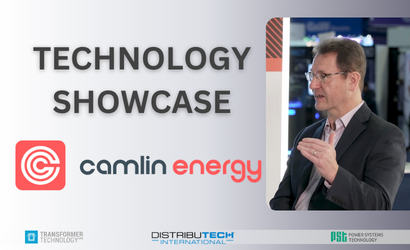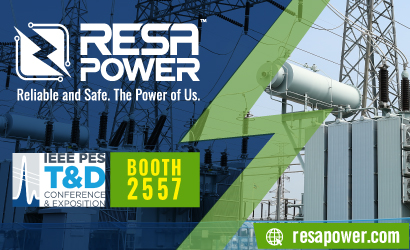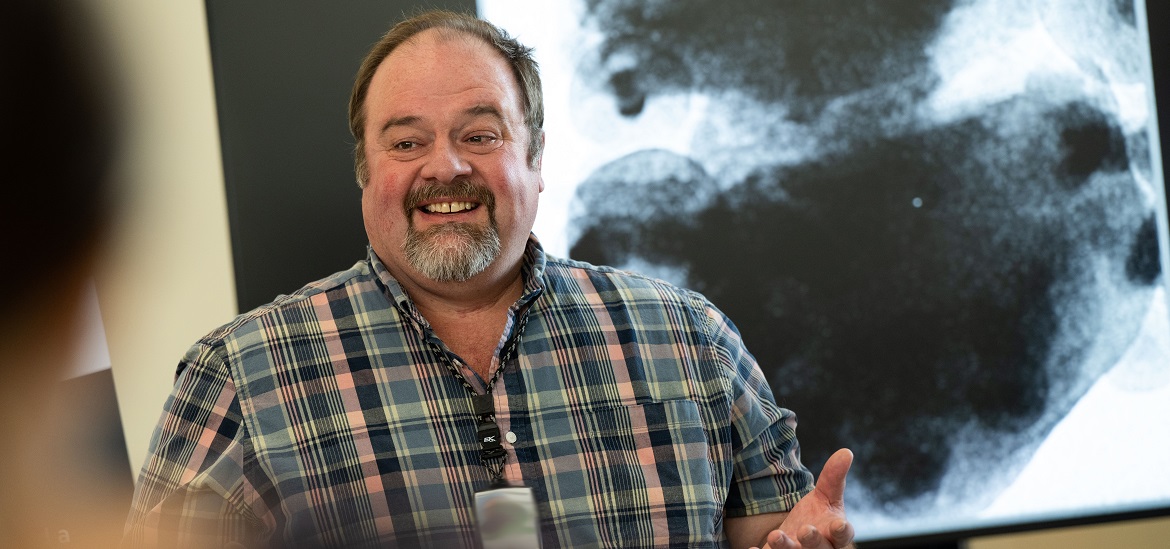
Interview with VINCENT SPRENKLE
Senior Technical Advisor, Pacific Northwest National Laboratories
We are seeing storage impact our daily lives; we're seeing increased variability in the generation from the grid, but then also increased electrification of transportation. There is the desire for other energy storage batteries system, so it really spans the gamut of what we are needing and why we are developing more of these storage technologies really trying to push the envelope.
Alan Ross
Hi, I'm Alan Ross. I'm the Managing Editor of APC Technologies. I have my guest today I am delighted to have: Vincent Sprinkle, the senior technical advisor at Pacific Northwest National Labs. Vince, thank you for joining us.
I love the building, by the way. Behind you there.
Vincent Sprenkle
Thank you for having me, Alan.
Yes, we are excited about the new building, the grid storage launchpad, as it's completing construction here.
This has been supported by DOE Office of Electricity, but we will be doing all of our storage work in there. The next generation of electric vehicle batteries or those grains-of-sand batteries, all that will be developed in there.
AR
Tell me a little bit about from macro to micro. What are some of the things that are interesting to you right now?
VS
We are seeing storage impact our daily lives; we're seeing increased variability in the generation from the grid, but then also increased electrification of transportation. There is the desire for other energy storage batteries system, so it really spans the gamut of what we are needing and why we are developing more of these storage technologies really trying to push the envelope.
AR
Talk to me a little bit about the goal regarding transportation and what's happening in the EV. What are you trying to do from a storage standpoint there?
VS
Our goal is always to be able to get longer range out of the electric vehicles. That really comes down to how much energy we can pack in kilogram of weight of batteries – hours per kilogram is our primary target that we're looking at. If you look at today's technology, we're in that 250 Watt hours per kilogram. If we can get the tech to increase the systems up to 500 Watt hours per kilogram, you can double the range for about the same cost, or have the cost of those batteries and make EVs more affordable. We're not doing that predominantly with the materials we have today, so you've got to develop the next generation of materials, prove that they work and they can hit those standards and that's really what the emphasis of our research is now. PNNL leads a multi-lab and a university consortium called Battery 500 which is targeting that 500-Watt hours per kilogram goal.
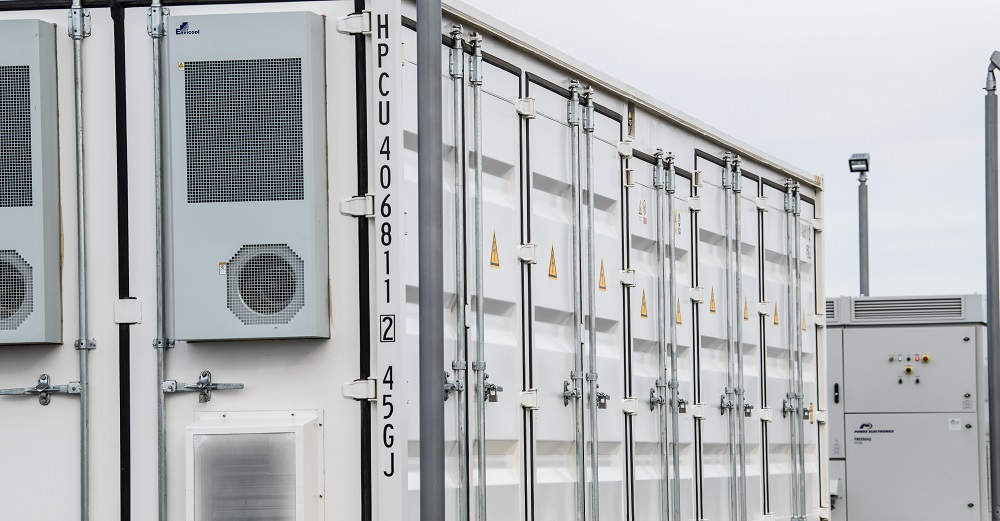
Photo Credit: PNNL
AR
When you think of it, that there's the materials that you use, the manufacturing processes, the design part of it, and PNNL works on every one of those areas. So you can start at design and work the other way, or you can start manufacturing and say what do you have to do it so you can really plug in.
You just mentioned the 250 to 500 kilowatt hours. That would change the entire EV landscape. Storage driving around and into garages and suddenly it changes what the utilities can do with that when they're actually using the power.
Talk a little bit about the idea of integrating the materials with the manufacturing, with the design, pick anything that you're working on that you think integrates all of those three areas.
VS
It is a great point because you do have to look at these systems holistically. You know what is the existing supply chain for materials out there? One of the things that we're working on is sodium ion to replace lithium ion. We can do that because we have less constraints than on lithium supplies. You have access to it, but that supply chain does not currently exist.
How do you take the sodium that we have abundantly in seawater, turn it into the carbonate that we need to go into, make the battery components? We have the abundance of the mineral, we just don't have the supply chain that we need to develop right now. This is where having the industry come in and help guide the research: here's what we need to see happen before we can get that developed, and that's a large part of the different offices in DOE, and the what the national labs work on, getting that industry input.
In this way we can have impacts at all levels, whether it's the R&D, whether that's supply chain or the manufacturing that's coming up. We need their input, like on manufacturing, to say that something is not going to work for us, or that there is a better way to do it.
AR
That’s excellent.
I think that's one of the things that attracted me to PNNL in the first place was the idea that you want you seek out industry impact, but you can impact industry tremendously, we live in a capitalistic market, and if people can capitalize something because it works, it changes industry. I've been concerned about lithium for 10 years because you started to see different regions of the country purchase a lot of the existing lithium available. You kind of said, well, wait a minute, we're going to need more of it, and suddenly we don't control the precious metal market.
That's been a problem, the United States has allowed other organizations, other countries, to take a leadership role in it, and we're going to suffer for it if we don't come up with some positive answers. I know the flow battery that you all helped develop involved vanadium. What was it again?
VS
I would say one of the industry standards for flow batteries has been a vanadium flow battery. There are several commercial entities delivering that type of flow battery. Going back to your question about supply chains and material sources, as we look ahead, how far down the cost curve can we go? Because when we start talking about grid storage, our metric is dollars per kWh. You know, that's what we're focused on. How do we go and start making this even cheaper than what vanadium could be? That’s where we're looking at developing organic molecules that can replace vanadium because at the end of the day, that is still is a commodity material that is subject to changes. So steelmaking requirements may change and vanadium is the primary hardening agent for stainless steels. That can increase the price and that quickly makes our batteries more expensive.
One of the things that we're working on is sodium ion to replace lithium ion. We can do that because we have less constraints than on lithium supplies. You have access to it, but that supply chain does not currently exist. How do you take the sodium that we have abundantly in seawater, turn it into the carbonate that we need to go into, make the battery components? We have the abundance of the mineral, we just don't have the supply chain that we need to develop right now.
AR
When flow batteries first came out. I was actually on a panel and I remember I got excited about them. This was about 7 years ago and some of the utilities were like, no, this won't apply to us. However, flow batteries are going to change the utility landscape if they're understood, and they really do get applied out there. Talk a little bit about what you think the future of flow batteries is, whether it is the vanadium, redox or any other technology, for the utility industry.
VS
You are right, flow batteries in general offer a tremendous amount of potential. If you look at the current landscape today, peak discharge lasts for about four hours. If I want to go from 4 hours to 10 hours, I'm essentially just increasing the size of the tank, and that is a very low-cost option to be able to store more electricity in there. We're seeing that benefit as I want to go towards 12-hour system that can do more shifting of renewables into the night. I look at added resiliency. That's where flow batteries start to come in. It is being able to have those options, because I can just store more electricity at a lower cost. You are right, flow batteries in general offer a tremendous amount of potential. If you look at the current landscape today, peak discharge lasts for about four hours. If I want to go from 4 hours to 10 hours, I'm essentially just increasing the size of the tank, and that is a very low-cost option to be able to store more electricity in there. So we're seeing that benefit as I want to go towards 12-hour system that can do more shifting of renewables into the night. I look at added resiliency. That's where flow batteries start to come in.
AR
We see data centers now realizing that the generators that they had running on diesel that they didn't change out the diesel. So that when they started them up, they ran for six minutes and stopped. They are replacing all of their diesel with electric generators, so everything just keeps demanding more power.
I'm sure you all are working on something supporting a data center network, because data centers run the world. I'm a reliability engineer 99.99% and we're seeing a deterioration of that around-the-clock power, so battery storage has got to be an important part of what you're working on for data centers.
VS
Data centers or other applications, as you're removing those diesel resources out of there, those batteries need to be able to store more energy. It needs to be able to get you through, you know, if you have a cloud cover with solar, you know. So naturally, as we're trying to remove that and decarbonize a lot of these systems, those battery technologies that are being deployed, do have to work longer.
AR
You've heard that if battery technology doesn't change, it's not going to work well. Battery technology is changing, you guys are doing that. That's brilliant work.
I want to go micro for a minute. What is it that that you think is going to be the future of the development of microtechnology for batteries?
VS
We've had significant programs. There's a lot of RFID tracking that goes on and those systems do need that power source in the micro battery development program, and again, these are roughly the size of a grain of rice.
Did you know that was developed here in the Northwest, for tracking salmon survivability as they go through the dams? They would be injected when they started out, they were much larger systems where you had to do surgery on the salmon to put it in and the survivability rate from that surgery was lower than what you would hope for what they're seeing going over the dams.
And so, by being able to miniaturize it, you're actually able to inject it into the juvenile salmon and track them as they are going through the dams. You can get an accurate representation of what the survivability is. But as you look at other kinds of systems where you would wanted to do it, the more energy we can get into that, the longer we can track, or, if this is going to other technologies, say on deliveries where you would have RFID, you still need that high energy density.
Now we're getting that with what we call primary batteries. They charge once and you cannot recharge, so the goal would be to achieve those same kind of energy densities now, but with the ability to retract or track and reuse those sensors that are developed, and maybe start looking at how to combine that rechargeable small battery on a sensor with some kind of energy harvesting technology. So on larger fish you can do a rechargeable one that picks up the fish swimming and converts that energy into recharging the battery.
This is the kind of future that gets us excited as to start looking at how we can harvest energy around us, put that into a battery, and be able to use it for the functions that we need to develop.
